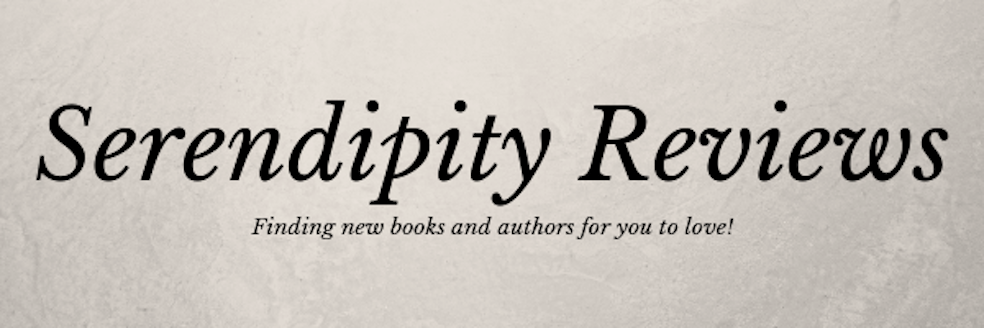I've only recently got to speak to Katy via Twitter and I'm already in awe of her writing talent and enthusiasm. I was over the moon to be asked to join in with the blog tour for Hidden Among Us as the book was such a beautiful read. So I shall pass you over to Katy who wants to tell us how Hidden Among Us came to be pitched.
In December 2008, I had been a published author for almost nine months, and a mother for eight weeks. My first novel, Bloodline, had recently been nominated for the Carnegie medal, and Bloodline Rising was due to be published in March 2009. I was also striving to finish Spirit Hunter, my third book. It was at this point that my editor, Denise Johnstone-Burt, asked me to pitch for a new series aimed at younger readers. The plan was originally to publish some fiction aimed at the 8–12 age group alongside and perhaps even in the same year as the two YA novels I was already contracted to write – given time, I’m a relatively fast writer, and had completed a first draft of Bloodline Rising within six months. Having babies certainly slowed me down, though, and the book which became Hidden Among Us was eventually scheduled to appear after I’d completed the YA novels I was contracted to write. (I think it is fair to say that Denise has been very patient with me!) Breaking new authors is hard, and the plan was to introduce me to younger readers as a way of broadening the exposure I got as a writer. As you will all see, Hidden Among Us is not a story for the 8–12s, but I will save that tale for next week when I will be dropping in to Fluttering Butterflies to chat about the editing process.
It has been very interesting to look back at the pitching process for Hidden Among Us. Although certain key aspects were altered during editing, very little about the original concept has changed. To illustrate this, I searched through my archives and found the original pitch I wrote for Denise to take to that long-ago acquisition meeting. Here is an extract:
The series covers similar territory to the myth-meets-reality work of Alan Garner – a kind of modern-day Jonathan Strange and Mr Norrell for ten-year-olds. Beyond the humdrum reality of everyday life – homework, traffic jams, bus stops, supermarkets, hideous family holidays, pointless school projects about the Romans – there lies another, more mysterious world, one of warriors sleeping in hidden caves, weird and beautiful people who appear from nowhere on windswept hillsides, and lamp-lit castles that materialise on lonely roads at night, disappearing by morning… This world has been called by many names: Faerie, the Underworld, and just because we have largely forgotten the place, it has not gone away. Who knows, maybe the reader will one day step too far from a path in the woods and find themselves – somewhere else…
So, when I was pitching to Denise – with the support of my agent, the wonderful Catherine Clarke – I had a very clear idea about the kind of book I wanted to write, and the tradition I hoped to follow. Most writers follow storytelling traditions of some kind, writing within specific genres, and yet most of us also want to speak in an original voice. It did help to invoke the name of my hero Alan Garner and the spirit of Jonathan Strange and Mr Norrell in trying to describe a book that did not yet exist, yet, at the same time, I also had to ensure that I followed my own path without simply copying other authors. I knew that this sense of originality would need to arise from the characters themselves, and their own distinct voices – something which I don’t
think comes across so much in the pitch, but which perhaps Denise was expecting to arise quite naturally after having worked with me on other books.
The process of pitching Hidden Among Us might have taken place a long time ago, and many important changes were made as we edited, but I was delighted to receive an email recently from an old colleague whose opinion I really value and respect. She’d enjoyed the book (us authors always like to hear that) but also mentioned how Larkspur and the other Hidden were just as menacing as the mysterious fairies in Jonathan Strange.
Most English folktales contain a very distinct sense of menace, and the inhabitants of that other world which sits so close to us have their own agendas which often do not resolve in our favour. This sense of otherness and danger is at the heart of the book I wanted to write, and the essence of the idea I pitched to my editor. It’s also why I decided to use that quotation from John Keats’ “La Belle Dame Sans Merci” to begin Hidden Among Us. Fairytales are dangerous: they always have been.
“I met a lady in the meads,
Full beautiful—a faery’s child,
Her hair was long, her foot was light,
And her eyes were wild.”
Thank you Katy for such a brilliant post. I am surprised the idea originally was for a younger audience.
Hidden Among Us is published by Walker Books on the 7th March.
To find out more about Katy Moran:



No comments:
Post a Comment
Hiya, thanks for stopping by, it is always nice to hear what you have to say, so do leave a comment if you have time.